Imagine flying a drone—not with your hands, but with your thoughts. For millions living with paralysis, this is no longer just science fiction. Thanks to groundbreaking brain-computer interface (BCI) technology, individuals who have lost all movement in their arms and legs can now control a virtual quadcopter in real time, using only the power of their mind.
A New Era for Drone Pilots. We will have more pilots now, thanks to this
This leap in neurotechnology doesn’t just promise new ways to play—it’s redefining what’s possible for recreation, work, and social connection for people with severe motor impairments.
Thanks to the research of Matthew S. Willsey, Nishal P. Shah, Donald T. Avansino, Nick V. Hahn, Ryan M. Jamiolkowski, Foram B. Kamdar, Leigh R. Hochberg, Francis R. Willett and Jaimie M. Henderson.
The Breakthrough: Turning Thoughts into Flight
As our editor cover it a few months ago, at the heart of this innovation is a high-performance BCI system that decodes the intention to move fingers—specifically, the thumb (in two dimensions), the index-middle pair, and the ring-little pair—directly from the brain’s motor cortex.
In practical terms, this means that a person with tetraplegia (paralysis of all four limbs) can operate a virtual drone through a complex obstacle course, simply by thinking about moving their fingers. Each finger group translates to a different control axis for the quadcopter, enabling four degrees of freedom: up/down, left/right, forward/back, and rotation.
Unlike previous non-invasive EEG-based systems, which read broad, surface-level brain activity, this technology uses surgically implanted microelectrode arrays to tap directly into the neural signals responsible for fine finger movement.
The result? A sixfold improvement in control precision and responsiveness, allowing for complex, real-time maneuvers that were previously out of reach for people with paralysis
How It Works: From Brain Signals to Drone Control
The system begins with a brief surgical procedure to implant two 96-channel microelectrode arrays into the area of the brain that controls hand movement. These electrodes pick up the electrical activity generated when the user thinks about moving specific fingers. A custom neural network algorithm translates these patterns into digital commands, which are then mapped to the controls of a virtual quadcopter.
During training, the participant first practices moving virtual fingers on a screen, learning how their thoughts translate into digital movement. Once comfortable, they graduate to piloting the virtual drone through an obstacle course, where finger movements control the drone’s velocity and direction.
Over multiple sessions, the participant achieved a remarkable target acquisition rate of 76 targets per minute, with 100% accuracy in the final blocks—performance that rivals, and in some cases exceeds, able-bodied users with traditional controllers. Like me, for example.
The participant described the experience as “like riding your bicycle on your way to work… you’re still shifting gears on your bike and moving right along.” He compared the control to playing a delicate musical instrument, requiring subtle, precise adjustments—“tiny little finesses off a middle line, a little bit up, a little bit down”

Why This Matters: Beyond Gaming
While the thrill of flight is reason enough for many drone pilots, the implications of this technology go far beyond recreation. For people with paralysis, the ability to control a drone with their mind means access to activities and opportunities that were previously closed off. Multiplayer video games, social media, and even remote work become possible, fostering a sense of enablement and social connectedness that’s often missing after a life-changing injury.
The participant in this study, known as T5, had a lifelong passion for flying. After his spinal cord injury, he saw the BCI project as a chance to “rise up” from his bed or chair, both literally and figuratively. He looked forward to every quadcopter session, frequently asking for more “stick time” and sharing his flights with friends. The sense of accomplishment and connection was palpable—“I feel like we can work until 9 tonight,” he once exclaimed after a long session.
But the technology’s potential doesn’t stop at gaming. The same fine-motor decoding could one day allow users to type, compose music, operate advanced software, or even control real-world drones for Search and Rescue, environmental monitoring, or technical jobs. As one researcher put it, “Controlling fingers is a stepping stone; the ultimate goal is whole body movement restoration.”
The Road Ahead: From Lab to Everyday Life
Of course, this technology is still in its early days. The current system requires a surgical implant and is tested in a controlled environment, with the participant lying comfortably in bed and using a virtual drone in a simulated world. But the progress is undeniable: moving from simple point-and-click interfaces to true multi-axis, real-time control is a leap that opens the door to a host of new applications.
Future improvements—like increasing the number of electrodes for even finer control, or developing less invasive interfaces—could make BCI-powered drone piloting accessible to a broader population. The research team is already exploring ways to adapt the technology for real-world drones and more complex digital environments.
As the system evolves, the focus remains firmly on the user experience. The participant’s feedback shaped the design, from the visual displays to the training routines. He found the training “not tedious,” and even preferred the random finger tasks over more repetitive exercises, saying they felt “a lot more like what the quadcopter is like” in real flight.
Voices of Change: What This Means for the Drone Community
For the drone community, these advances are more than a technical feat—they’re a call to expand the definition of who can be a pilot. As BCI technology matures, people who once found themselves excluded from flying, gaming, or technical work can now join in, bringing new perspectives and talents to the field.
T5’s story is a testament to the power of inclusion. “When the drone is moving and the fingers are moving, it’s easier and faster to just look at the drone,” he explained, describing how intuitive the control became with practice. The sense of enablement and recreation he felt is echoed by many with disabilities who see video games and drone piloting as more than entertainment—they’re gateways to social connection, competition, and self-expression.
Looking ahead, BCIs could enable people with paralysis to participate in multiplayer drone races, collaborate on search and rescue missions, or work in remote technical roles, side by side with able-bodied peers. The sky, quite literally, is no longer the limit.
Opening the Skies to All
Brain-computer interfaces are transforming what it means to be a drone pilot. By turning thoughts into action, they’re breaking down barriers and opening the skies to everyone—regardless of physical ability. As this technology moves from the lab to the real world, the drone community has a unique opportunity to lead the way in inclusion, innovation, and shared adventure. The future of flight belongs to all of us. And now more than ever we will see that the phrase “Drones for Good” belongs to the here and now.
Images and video courtesy of Nature.com
Discover more from DroneXL.co
Subscribe to get the latest posts sent to your email.

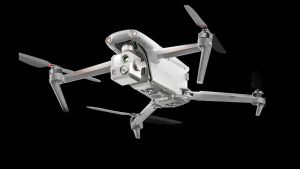


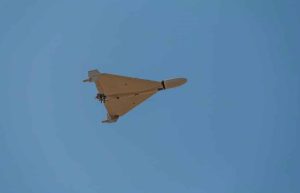

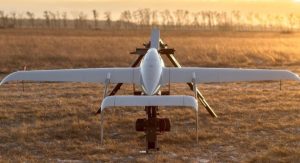


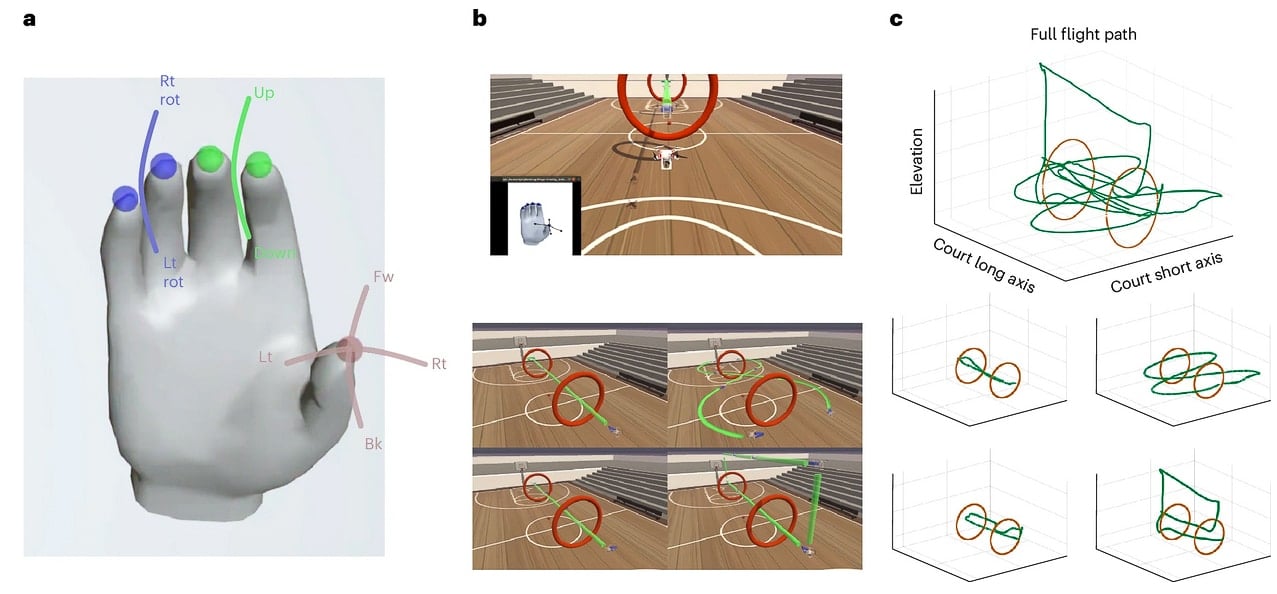

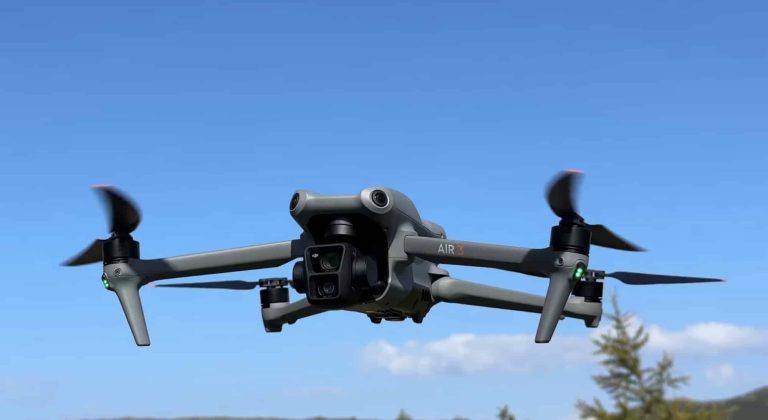
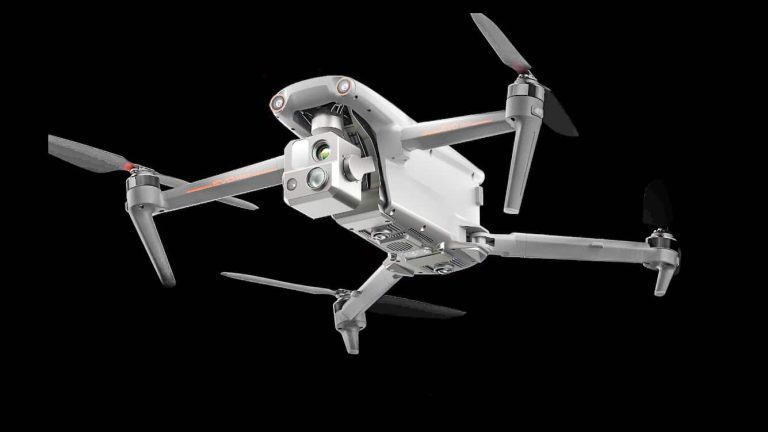
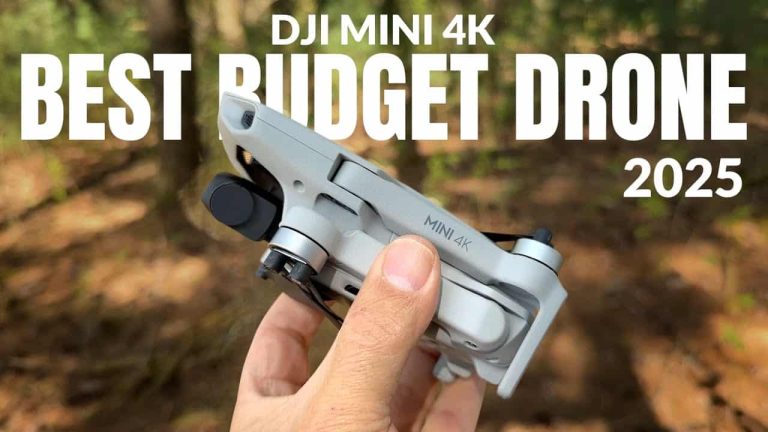
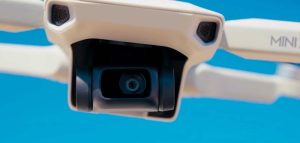
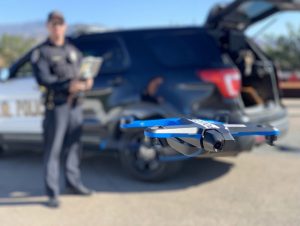

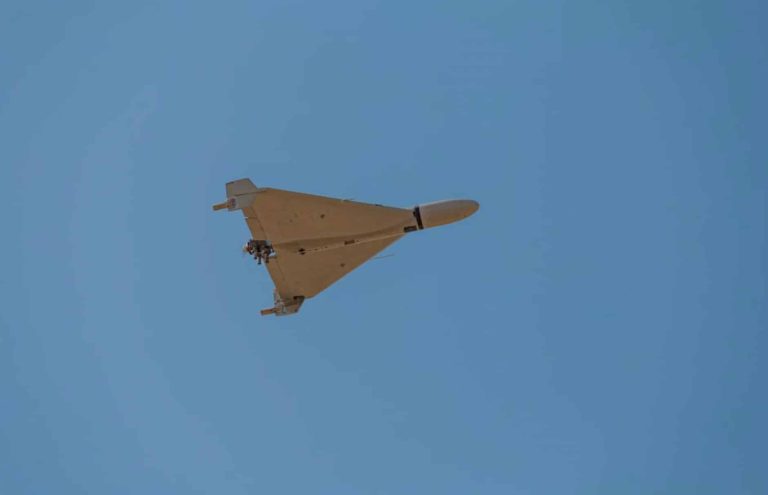

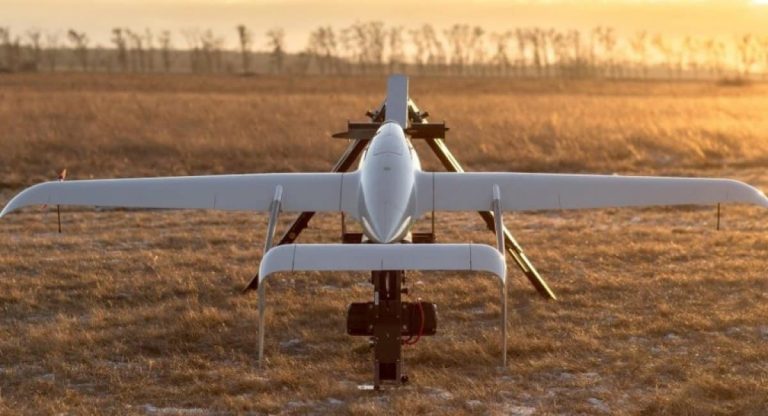

+ There are no comments
Add yours